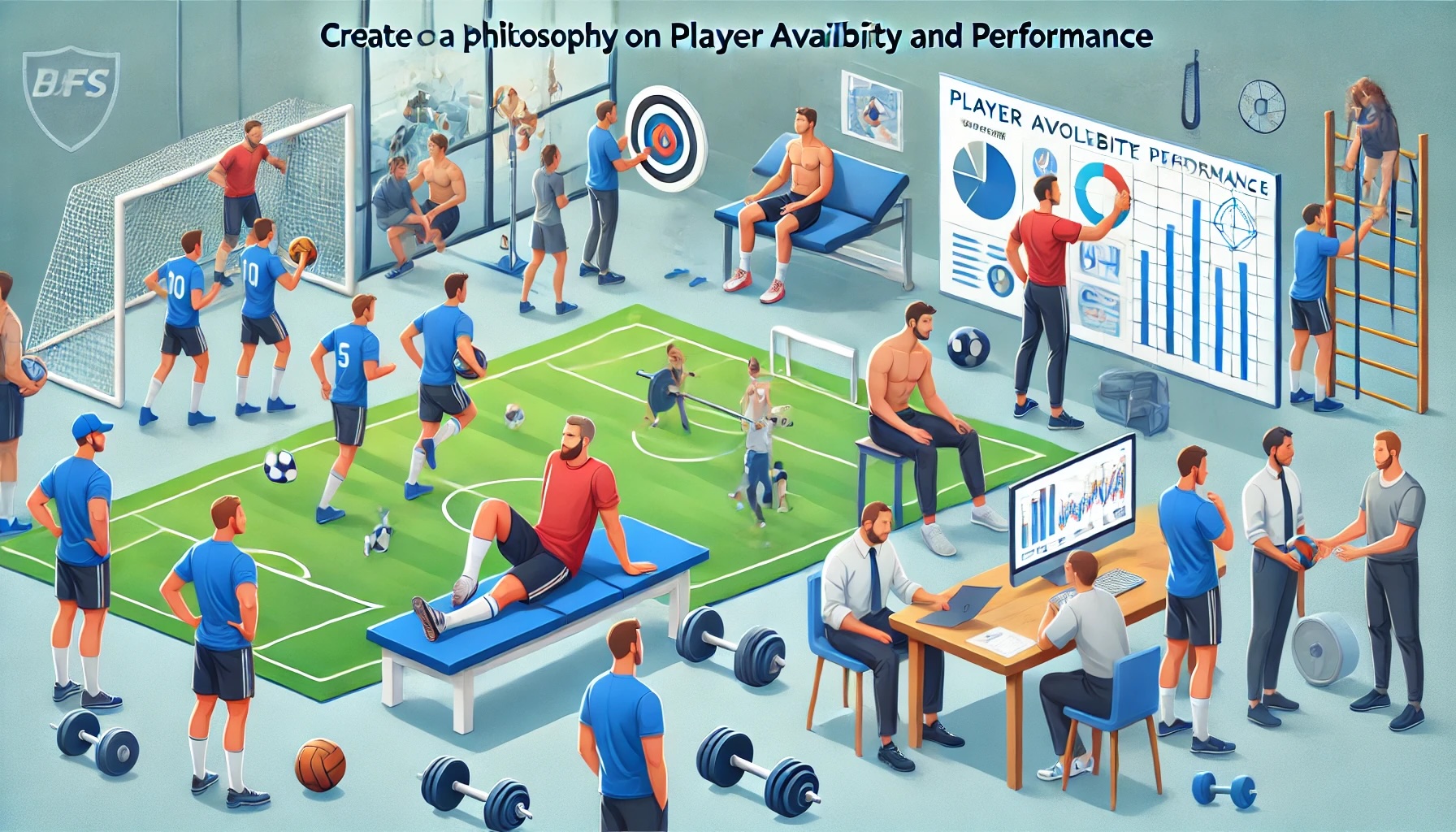The following article is an excerpt from the October issue of Amplified Soccer Athlete magazine. Content contributions come from some of the top professional training, nutrition, mental-game and fitness leaders in the industry. We know you’ll enjoy your experience. Subscribe Today!
If you aren’t getting as much playing time as others, here are some things that you can be doing to stay fit
As the fall moves on, most teams are in the middle of the season and have played a few matches. Preseason is past, and teams have settled into a somewhat regular cycle of matches, training, and days off. As a player, you probably fall into one of three broad categories. You are either 1) playing all or most minutes of your team’s matches; 2) playing some minutes or playing in some matches but not others; or 3) getting little to no match playing time. This article focuses on providing some thoughts and tips for players who find themselves in the categories of getting partial to no playing time.
Most athletes have found themselves in these situations at some time during their careers. There are several possible reasons why playing time might not be as high as you would like it to be, ranging from skills and team level to fitness level to coaching preference. Even the top players in the game have at times found themselves in a place where they were not receiving much playing time. Think of the high school or club player who was a standout for their team. Because they were standouts, they earned a college scholarship or a pro contract. However, on their new teams, they were no longer a standout and became either an average or possibly below-average player. As their development cycle started over, their match playing time was often reduced or even lost.
In similar situations, it is common for players to lose confidence or to become frustrated because competitive athletes who want to be on a team also want to play. However, such feelings can lead to a vicious cycle of lack of motivation, decreased training, reduction in fitness level and performance decline which all lead to even less playing time. On the other hand, putting aside the mental hardship related to lack of playing time allows competitive players to do everything in their power to improve their situation.
In this article we will be discussing maintaining and improving your fitness level even in absence of adequate playing time. Most teams have some preseason fitness goals that everyone on the team must achieve. During the preseason, most teams train with everyone performing a similar workout, and training sessions typically include intrasquad matches. For this reason, playing time is almost equivalent across the team, and all are receiving the same training stimulus. In order to improve or maintain fitness, each player has to push himself or herself to overload their bodies, and coaches design training sessions to do so. If matches are played correctly, improvement also occurs.
Now the season begins, and you find yourself not receiving as much playing time as others. Assuming that each day either consists of a training session, a match, or a day off, players who do not receive much playing time are now getting higher intensity exercise only during training sessions, while those who are playing in the matches get additional ‘training’ when they are playing. This is not to say that players should use matches to improve their fitness, but instead it just points out that those who do not receive playing time are simply getting less of a training stimulus during the week.
Get the rest of this article including the in-season fitness workout in the October issue of Amplified Soccer Athlete. This issue also includes features on different opportunities for athletes to continue their playing career after college with semi-professional and amateur leagues around the country as well as fitness, ball control and strength training programs. Subscribe Today!



